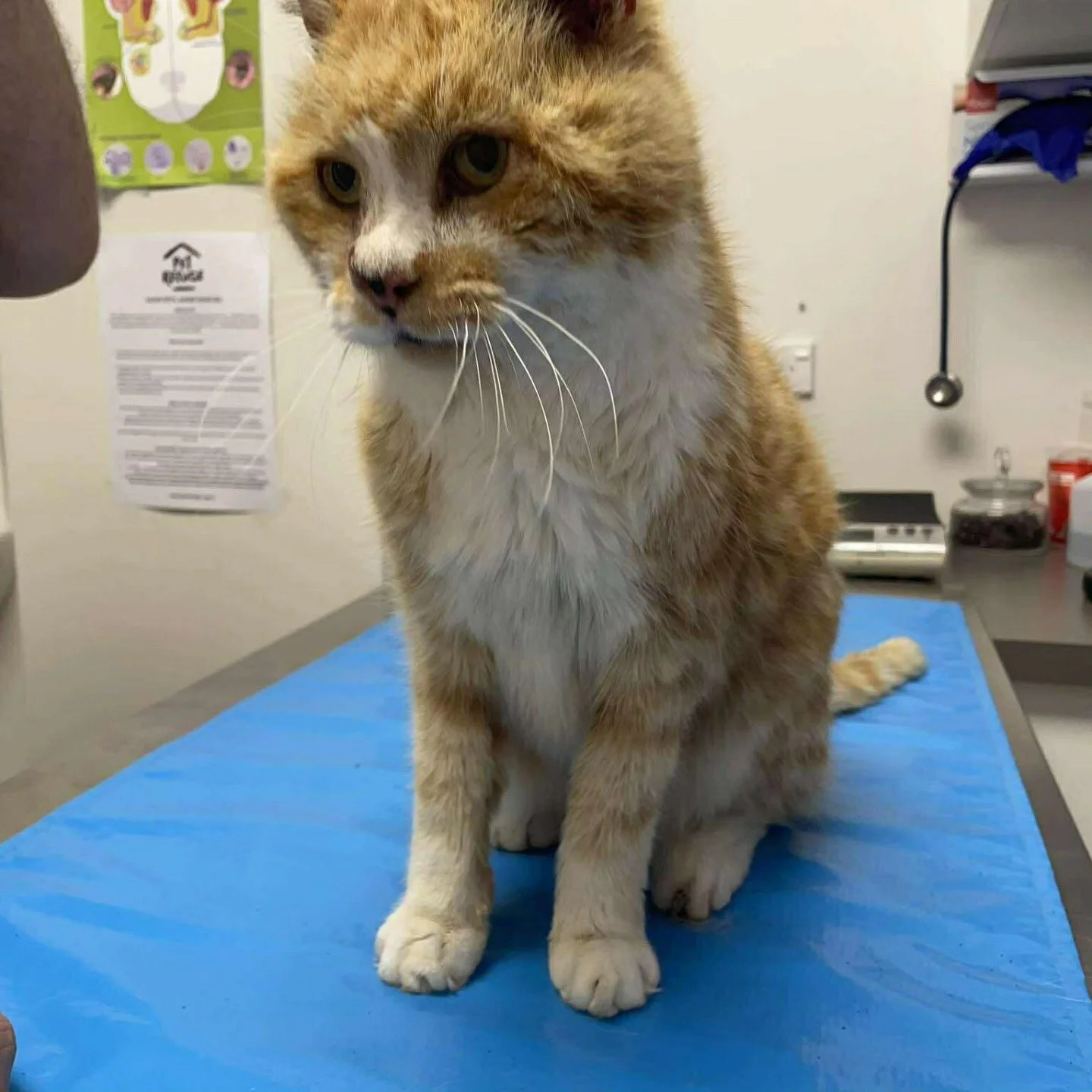New research reveals surprising insights into human perception of canine feelings
We like to think we understand our dogs - that a wagging tail means happiness and tucked ears signal fear. But new research¹ suggests our interpretation of dog emotions may be more influenced by our own emotional state than we realise, though not always in the ways scientists expected.
In a fascinating two-part study, researchers explored whether human mood affects how we perceive emotions in dogs. The results challenge long-held assumptions about emotional perception across species. In short – yes our mood does impact how we read the dog’s emotions!
In the first part of the study, researchers changed people’s moods using general images that had nothing to do with animals. Even though this successfully affected how people were feeling, it didn’t change how they interpreted dogs’ emotions.
But in the second part of the study, when people were shown images of dogs to influence their mood, something unexpected happened. Instead of seeing dogs’ emotions in line with how they were feeling, people did the opposite.
Those who were put in a low mood were more likely to see dogs as happier, while those in a positive mood were more likely to judge the same dogs as sadder.
This goes against what we usually see in human emotion research, where people in good moods tend to see others more positively².
This contrast effect - where negative moods led to more positive interpretations and positive moods led to more negative interpretations of dog emotions - represents a novel finding in the field of human-animal emotional perception.
““The most unexpected finding of the study was that participants placed in a low mood after viewing sad-looking dogs were more likely to rate dogs in subsequent videos as happier.””
Why does this matter?
Understanding how our emotional state biases our perception of animal emotions has real implications for animal welfare. Misreading emotional cues can lead to inappropriate handling, delayed intervention, or unmet behavioural needs for animals in our care - whether at home, in shelters, or in veterinary settings.
Next time you’re watching your dog, perhaps think twice before presuming you are reading their emotions correctly and reflect on how you’re feeling too!
To read the published paper, follow this link: https://doi.org/10.7717/peerj.20411
Meet the Researcher: Dr. Holly Molinaro
Dr. Holly Molinaro, lead author of this study, was featured in our 2025 Winter Webinar Series, where she presented on reading and understanding dog emotions: https://youtu.be/qdgExbvShWE?si=4LuklTzNxe3km2hT
Dr. Molinaro is an animal welfare consultant with a strong background in animal behaviour research. She holds a B.S. in Biology (Psychology minor), an M.S. in Biology focused on primate social behaviour, and a PhD from Arizona State University examining dog emotions and human perception. Currently, she is the founder and president of Animal Wellbeing Solutions, a consulting and research firm dedicated to advancing animal welfare through science, data, and communication.
This article summarises research published in PeerJ (2025) by Holly G. Molinaro and Clive D.L. Wynne from Arizona State University's Psychology Department
References:
1.Molinaro HG, Wynne CDL. 2025. Paw-spective shift: how our mood alters the way we read dog emotions. PeerJ 13:e20411. Retrieved from: https://doi.org/10.7717/peerj.20411
2. Schmid, P.C., Schmid Mast, M. Mood effects on emotion recognition. Motiv Emot 34, 288–292 (2010). https://doi.org/10.1007/s11031-010-9170-0




































